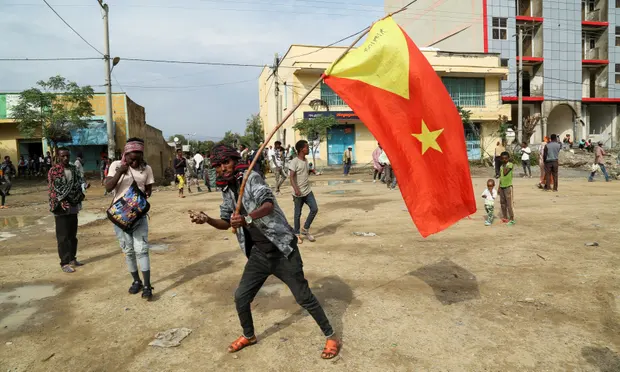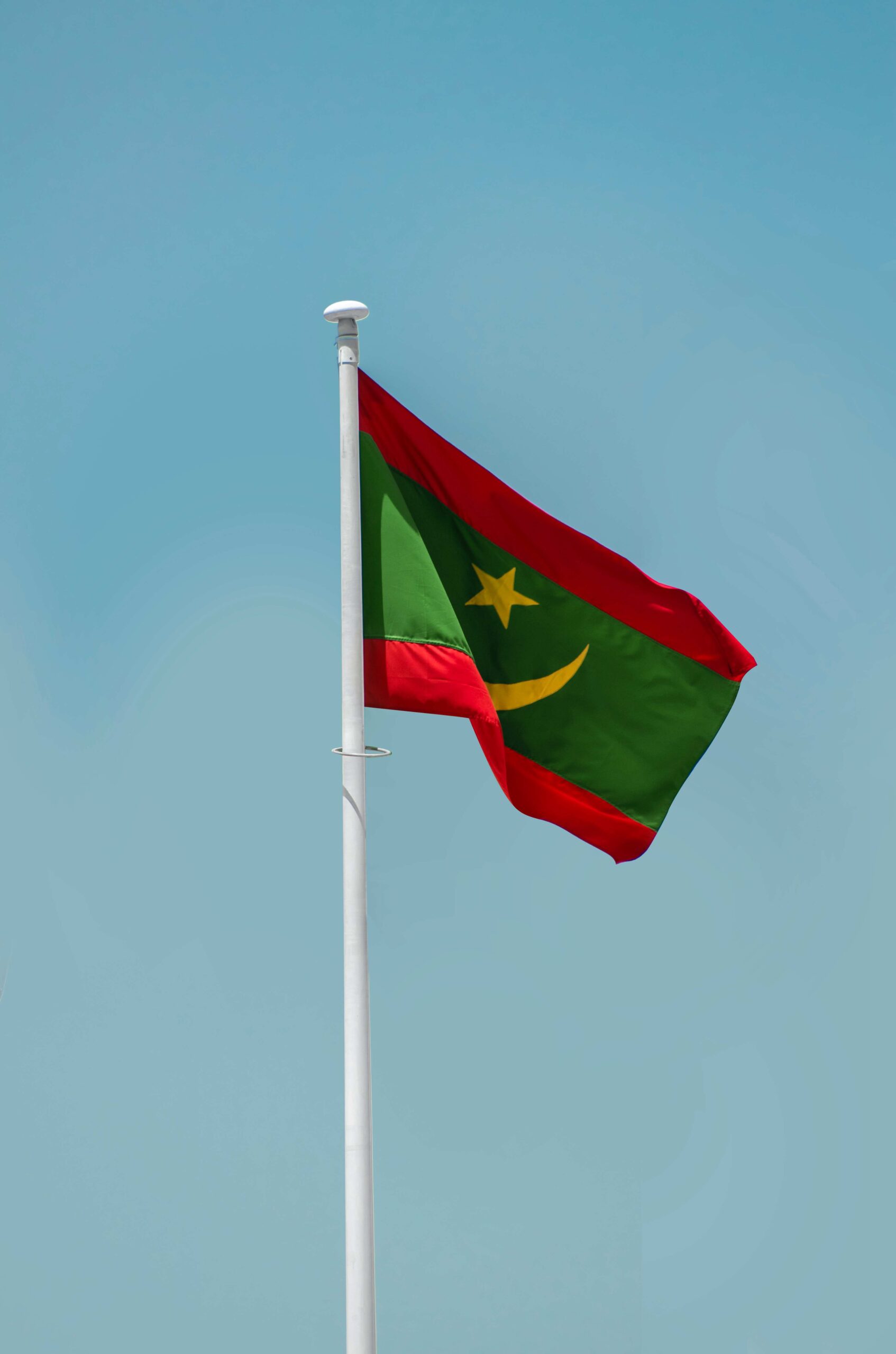The Tigray Region, located in the northern part of Ethiopia, has a rich history and vibrant cultural heritage. The Tigray flag is a symbol of its identity, reflecting the aspirations and values of the Tigrayan people. In this article, we will explore five intriguing facts about the Tigray flag that you might not be aware of. So, let’s unravel the lesser-known aspects of this emblem that represents the resilience and pride of the Tigray people.
The Tigray Flag’s connection to the Kingdom of Aksum
The Tigray flag has strong ties to the ancient Kingdom of Aksum, which was a powerful and influential empire in north-eastern Africa between the 4th and 7th centuries CE. The flag’s colours – red, yellow, and green – are reminiscent of the Aksumite Empire, highlighting the region’s deep historical roots and the enduring legacy of its glorious past.
The unique seven-pointed star
One of the most striking features of the Tigray flag is the seven-pointed star situated in the centre of the flag. This star, known as the Sabaean Star, is unique to the Tigray Region and represents the unity of the seven traditional provinces of Tigray. The star’s central position on the flag signifies the importance of unity and solidarity among the Tigrayan people.
The emblem’s symbolism
The emblem at the centre of the Tigray flag, which surrounds the seven-pointed star, consists of three intertwined circles. These circles represent the core values of Tigrayan society – culture, history, and development. The interconnectedness of the circles symbolizes the inextricable link between these values, emphasizing the importance of preserving and cherishing Tigray’s rich cultural heritage while striving for progress and development.
The flag’s representation of Tigray’s landscape
The Tigray flag’s design not only embodies the region’s cultural and historical values but also reflects the beauty of its landscape. The green stripe at the top of the flag symbolizes the fertile highlands of Tigray, while the yellow stripe represents the golden plains that stretch across the region. The red stripe at the bottom signifies the strength and determination of the Tigrayan people, who have endured and thrived in their rugged and challenging environment.
The flag’s evolution
The current Tigray flag has evolved over time to reflect the region’s changing political landscape. The flag’s design and symbolism have been modified to represent the aspirations of the Tigrayan people as they navigate the complexities of regional autonomy and national unity. This adaptability demonstrates the Tigray flag’s enduring relevance as a symbol of pride and identity for the people of the region.
The Tigray flag is more than just a piece of fabric adorned with colours and symbols; it is a powerful representation of the region’s history, culture, and aspirations. From its connection to the ancient Kingdom of Aksum to its distinctive seven-pointed star, the Tigray flag is steeped in meaning and significance. By uncovering these lesser-known aspects of the Tigray flag, we gain a deeper understanding and appreciation for the rich tapestry of the region’s identity and the resilience of its people.
Image Credit: Giulia Paravicini/Reuters





